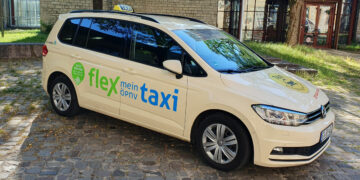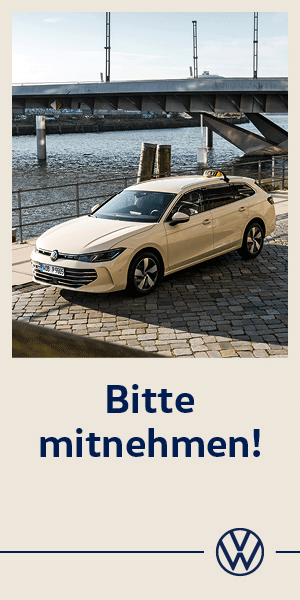Launching the first successful robo-taxi service will be like owning a Windows or iOS for transportation, claims PC Magazine. True?
Uber last week took a giant step closer towards its final goal: the company started picking up passengers with self-driving robotic taxis in Pittsburgh. While these limited tests still include human minders in the front seat—ready to take the wheel should the need arise—these hominid babysitters are only a stop-gap on the way to fully automated vehicles. To be sure, a fully automated fleet is the exact goal Uber has in mind.
As PC Magazine explains, riding with Uber is already an automated digital process: a user orders a ride via a smartphone app, which feeds the request to Uber’s servers and pairs you with a nearby driver whose progress and proximity can be monitored live on your device. Once picked up, the driver might utilize an app like Google Maps or Waze to choose the quickest route and provide turn-by-turn directions. Payment takes place digitally and seamlessly—you don’t need to talk to, or even acknowledge the driver in any way. Although one needs to keep in mind that at the end of the trip both driver and passenger rate each other.
Replacing the human driver with a machine simply removes the most expensive ingredient from the process. While Uber has only recently flirted with profitablility in the USA, the massive investments the company has made in self-driving technology hold the potential of huge future rewards. Presently, 75 cents of every dollar Uber makes goes to the human driver. A robot chauffeur, on the other hand, will never demand a salary, let alone annoying things like benefits, sick time, and sleep.
PC Magazine says it’s not sure if this pivot towards automation was part of the company’s original business plan when it was founded in 2009, but it’s one that Uber has placed at the heart of its future endeavors. This pursuit included a 2015 talent-poaching spree that decimated Carnegie Mellon’s University robotics lab (based in Pittsburgh). Another recent programme invested heavily in map-making technology. Why would it make this huge investment when there are plenty of digital mapping services already available? Simple: Uber doesn’t want to simply be a service that leeches off the infrastructure of others, it wants to be its very own platform.
While there are a number of legal and liability issues that still need to be worked out, there is a sense that the first company to crack the robo-taxi code will be at the center of a whole new digital platform centered around transportation—like what Windows is for PCs or iOS is for mobile. And in this area Uber is neither the first nor the only company in pursuit of this dream. Apart from Apple and Google, there are many big automotive players.
Building a whole new ‘Road OS’ is only something that a large company can do at this point—it takes bleeding-edge hardware and advanced software. That isn’t cheap. While there certainly is money to be made from transporting people around cities, there will be just as much to be made by selling access to your platform.
Think of the multiple ways the masters of today’s major platforms make their fortunes. Amazon gets money from Prime subscriptions plus a cut of each product sold, and Apple sells hardware plus it takes a cut of each app sold. Likewise, a future ‘Road OS’ will make money through direct sales to the public, but it will also surely be of interest to marketers and other industries with a need to move people and goods around. Dominos could to without expensive drivers to ferry pizzas around. Starbucks would like ads for their nearest shop to come up to alert the passenger in the back….
Uber has competition. Ford has promised to release fully automated robo-taxis by 2021, Tesla envisions its EV owners adding their self-driving vehicles to a robo-taxi fleet when they’re not using their vehicles.
Like it or not, this is a thing that is happening. Self-driving technology will be the most disruptive technology of the decade to come. The only question is which company will be the first to get it right.










